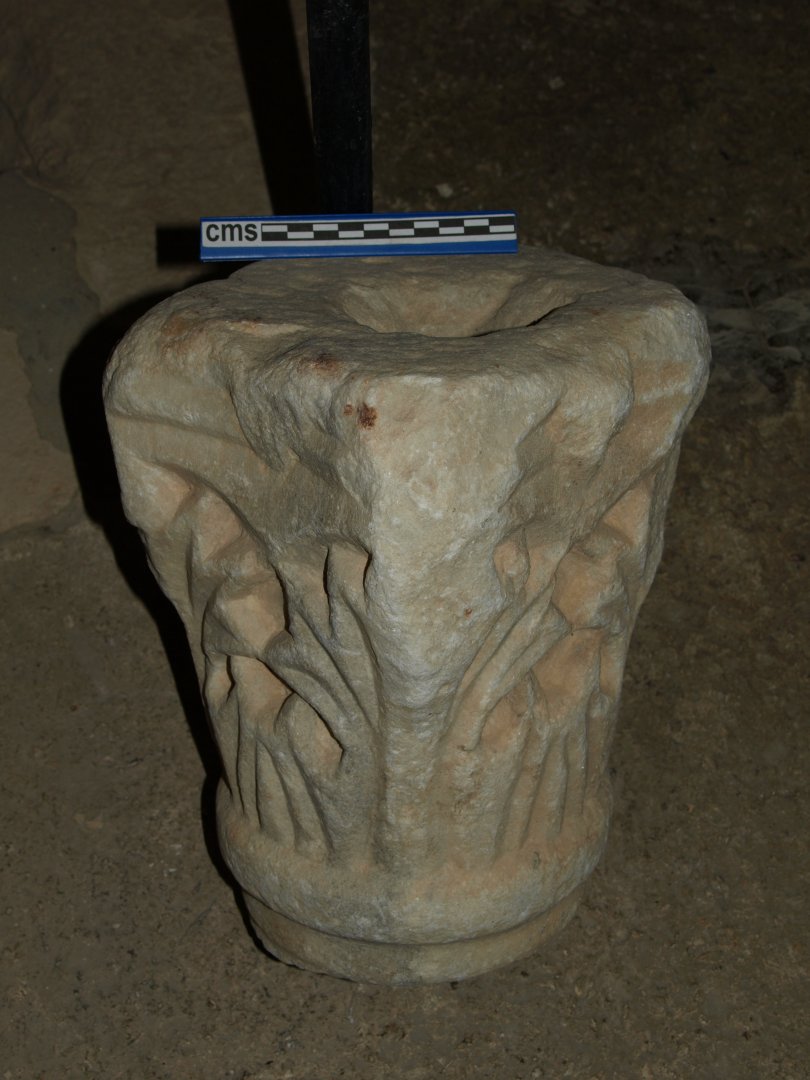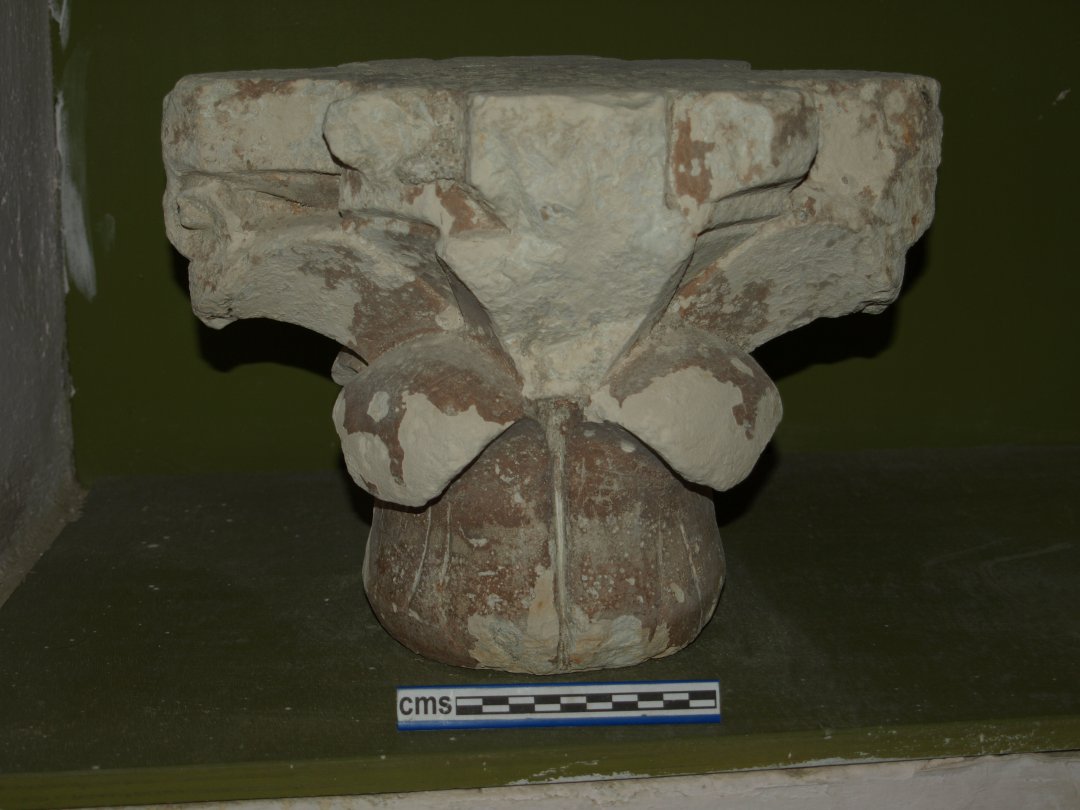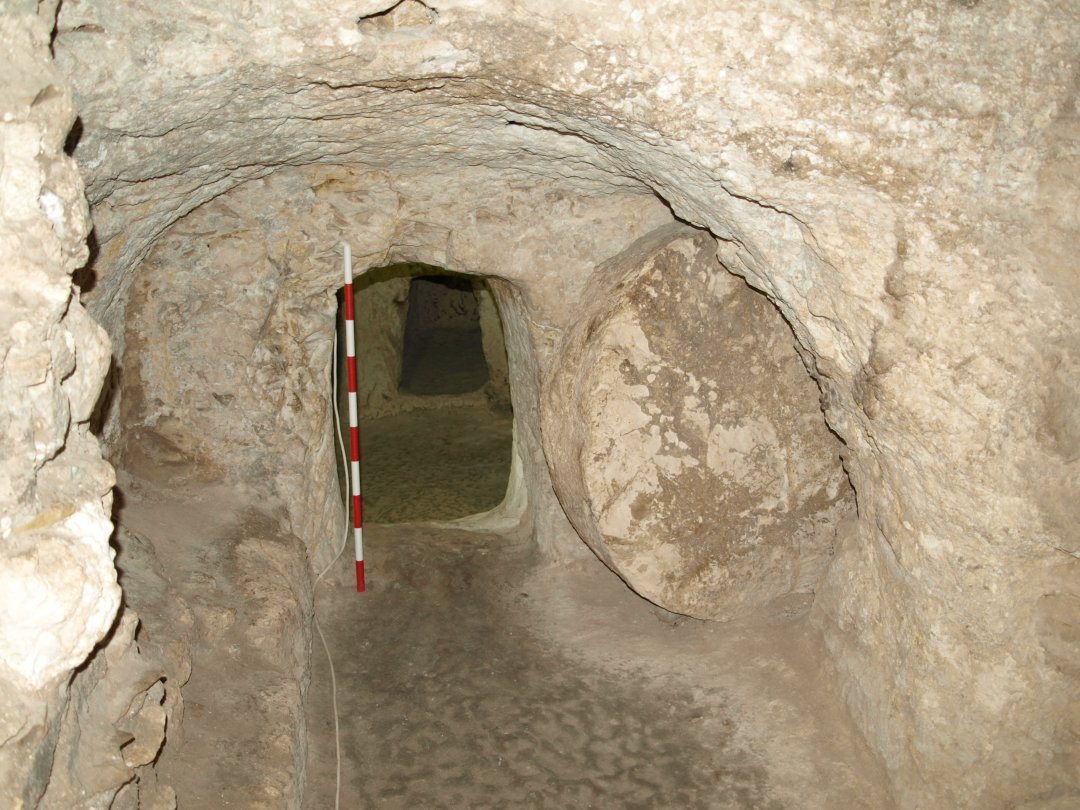Prompted by his recent book on the Archaeology of Jesus’ Nazareth, the author explores a historically plausible example of the long-term preservation of topographical knowledge from 19th century Nazareth, and its context in recent research on the archaeology and anthropology of memory.
See also The Archaeology of Jesus’ Nazareth (Oxford University Press, 2023).
See B&I articles The Archaeology of Nazareth in the Early First Century and The Sisters of Nazareth Site.
By Ken Dark
Professor, Kings College London
April 2024
My archaeological research in and around Nazareth in Galilee has previously been reported in The Bible and Interpretation articles and fully published in two peer-reviewed academic books in 2021-2022. Due to the resulting media attention and public interest, I wrote a new book, synthesising the archaeology of 1st-century Nazareth for the general reader: Archaeology of Jesus’ Nazareth.
Writing this book prompted me to discuss my work on Nazareth in the light of my wider research on the archaeology of memory. The latter is a hot topic in archaeological theory internationally, partly in conjunction with exciting recent developments in anthropological research. The latter have identified many examples worldwide of what seems to be the preservation of detailed topographical and/or geological knowledge over many centuries, arguably even millennia. These consist of correlations between details in oral tradition and those discovered by archaeologists and geologists but unknown until after those traditions were first recorded.
Although so far most of the peer-reviewed published examples come from the Asia-Pacific region, I was able to include numerous European examples in a recent lecture to the Royal Anthropological Institute about this topic, where traditions recorded in the Middle Ages and Early Modern period correlate with archaeological discoveries which were certainly unknown to the authors of those texts. This shows that such correlations are by no means confined to that specific geographical region, nor to a single historical period, but may be a global phenomenon. Of course, by no means all – even most – legends and stories claiming knowledge of centuries old topography have historical credibility, but such examples show that this is far from being impossible.
That said, let us go back to the archaeology of Nazareth, to ask if there is any connection between those structures identified as places associated with Jesus, Mary or Joseph in later centuries and the historical reality of the 1st century village? In my recent book, this is explored in the context of my reinvestigation of the Sisters of Nazareth site in the centre of the modern city.
To summarise the archaeology of the Sisters of Nazareth site: the sequence begins with a partly rock-cut, partly built, domestic structure, followed by small-scale quarrying, before the broader site was used for tombs. All this happened during the Early Roman period and specifically within the 1st century, but the next phase can probably be dated to the 4th century, when a cave-church was constructed in the hillside adjacent to the ruinous structure. Ecclesiastical activity at the site continued into the 5th century when a major church was built above the cave-church. This building – which is almost twice the size of the nearby Byzantine Church of the Annunciation – is likely to have been the cathedral of Nazareth, and that described by the late 7th century text De Locis Sanctis. This church was used long after the Muslim conquest of the 7th century, but eventually was destroyed before being reconstructed by the Crusaders early in the 12th century. It may well be the building described in the 12th century account of Nazareth by Abbot Daniel. Both De Locis Sanctis and Abbot Daniel claim that the Byzantine and Crusader churches commemorated the house in which Jesus was raised by Mary and Joseph.

Byzantine capital excavated from the church on the Sisters of Nazareth site.
Crusader capital from the Sisters of Nazareth site.
These remarkable claims – in the 7th and 12th centuries respectively – may continue a tradition noted by Egeria in the late 4th century that Mary’s former house was the site of a cave-church and a well, a natural spring, in what was then Nazareth. This cave-church can credibly be identified as the one at the present convent, where there was also a natural spring – one of the few attested from the urban area of today’s Nazareth.
If such claims were historically accurate this would be extremely important. But – influenced by the work of anthropologists and historians such as David Henige, and not least by Joan Taylor’s seminal work on Christians and the Holy Places – initially I was inclined to regard them as obviously ahistorical. Archaeologists and historians usually hold that oral tradition cannot retain accuracy for more than around two centuries.
However, a more recent oral tradition in Nazareth itself casts doubt on this generalisation. In 1881, when the Sisters of Nazareth bought the land on which their convent stands even today, that on which the archaeological material summarised earlier was found, they were told by a local resident that a ‘great church’ containing the grave of a saint called ‘the Just Man’ had once stood there.
In 1881 it had been almost 700 years since any church had stood on what is today the Sisters of Nazareth site. No trace remained of the 12th-century church which, according to Abbot Daniel, did indeed contain the tomb of St. Joseph, ‘the Just Man’ of the 19th-century local story. But neither were Abbot Daniel’s writings identified with the Sisters of Nazareth site in the 1880s, nor is it credible that a local Nazareth resident informing the nuns would be familiar with them. No other text nor graphic representation could have told them this, and no ruins could be seen on the land involved. It was then used for domestic buildings and the remains of the Crusader church had been buried – as excavation later confirmed – 4 metres or more below 19th-century ground level. The tomb identified in the 12th century as that of ‘the Just Man’ was even more inaccessible, having been deliberately walled-up before 1200, most likely in 1187, and then buried below 19th-century ground level.
Tomb 1 at the Sisters of Nazareth site. The tomb was found deeply buried in soil, and deliberately blocked in the Crusader period. Scale divisions are 10 cm.
This suggests that an oral tradition of the Crusader church and its saintly tomb had been preserved locally for around 700 years, despite all the disruption of the end of Crusader occupation and the subsequent history of Nazareth up to the late Ottoman period. If so, we must reconsider the ‘impossibility’, in principle, that a tradition first recorded in the 380s – or 670s for that matter – could accurately record the location of an especially memorable house of the 1st century, 350-640 years previously. The implications of that reconsideration for biblical topography stretch well beyond Nazareth.


